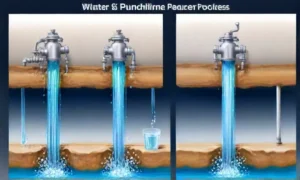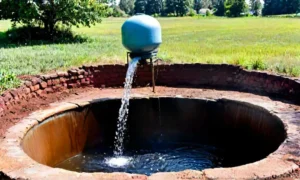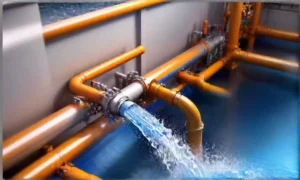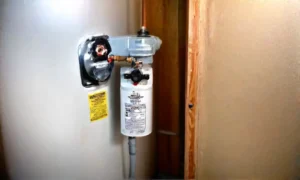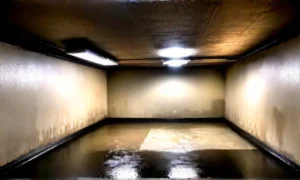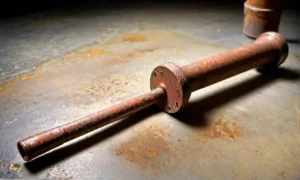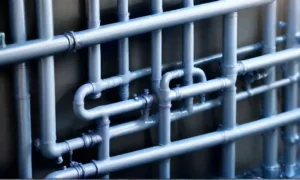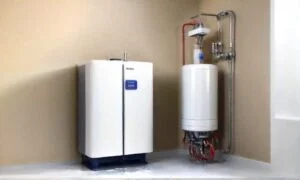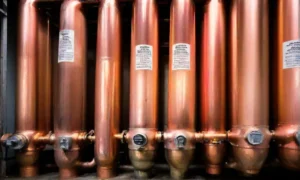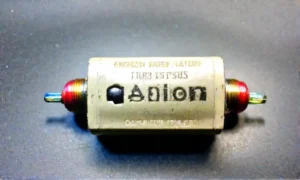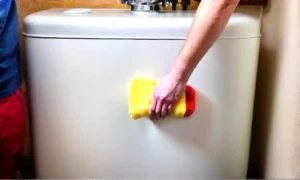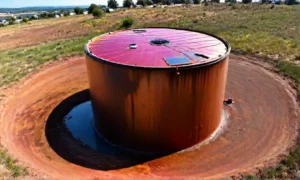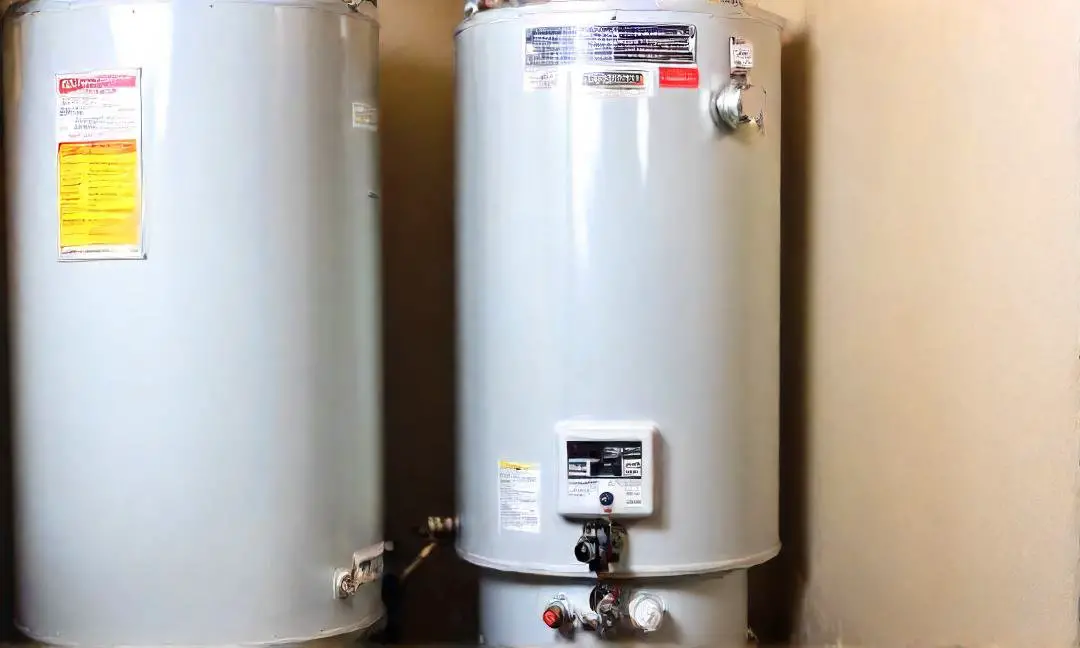
The Importance of Releasing Air from Your Water Heater
Embracing the Impact of Trapped Air in Your Water Heater
Imagine your water heater as a balloon, with trapped air causing it to struggle and not function efficiently. The presence of air bubbles can disrupt the flow, leading to uneven heating and reduced performance.
Signs That Indicate Air Build-Up in Your Water Heater
Listen closely for gurgling or popping sounds coming from your water heater, a clear signal that air has taken residence where it shouldn’t be. Additionally, fluctuating water temperatures and reduced hot water pressure are telltale signs of air build-up.
The Negative Effects of Air Trapped in the System
Air trapped in your water heater can lead to increased energy consumption as the system works harder to compensate for the inefficiency caused by the air bubbles. This not only impacts the performance but also your utility bills.
Step-by-Step Guide to Releasing Air from Your Water Heater
To release the trapped air, start by turning off the power to your water heater and allowing it to cool. Next, locate the pressure release valve and slowly open it to let the air escape. Be cautious of hot water and steam during this process.
Preventive Measures to Avoid Air Build-Up in the Future
Regular maintenance is key to preventing air build-up in your water heater. Flushing the tank periodically and checking for leaks or loose connections can help maintain optimal performance and extend the lifespan of your water heater.
Tools You Need to Release Air from Your Water Heater
Necessary Tools for Releasing Air
First things first, let’s talk about the essential tools you’ll need in your arsenal to tackle the pesky air trapped in your water heater. Grab a sturdy bucket to catch any water that might escape, a reliable pair of pliers to handle any tight spots, and don’t forget your trusty screwdriver to access the necessary components.
Safety Precautions to Keep in Mind
Now, before you dive into the task of releasing air from your water heater, it’s crucial to prioritize safety. Remember to turn off the power supply to the heater to avoid any electrical mishaps. Additionally, ensure the water heater has cooled down before attempting any maintenance. Safety first, always!
How to Properly Use Each Tool
Alright, you’ve got your tools lined up, and you’re ready to get to work. Start by using the pliers to loosen any stubborn valves or connections. Be gentle but firm, just like coaxing a shy kitten out of its hiding spot. Next, grab your bucket and position it strategically to catch any water that may gush out when you release the air. Finally, use the screwdriver to carefully open the air release valve and let that trapped air escape with a satisfying hiss.
Remember, each tool plays a vital role in ensuring a successful air release operation. Handle them with care and precision, like a conductor leading a symphony to a harmonious crescendo. With the right tools and techniques, you’ll have your water heater back in optimal condition in no time!
Step-by-Step Instructions for Releasing Air from Your Water Heater
Turning Off the Water Heater
- Begin by locating the power source for your water heater and switch it off to ensure safety during the air release process.
Locating the Pressure Relief Valve
- Next, identify the pressure relief valve on your water heater. This crucial component helps regulate the pressure inside the system.
Releasing the Air from the System
- Gently lift the lever on the pressure relief valve to allow air to escape. You may hear a hissing sound as the air is released.
Checking for Proper Functioning
- Observe the water heater system as the air is released. Ensure that water flows steadily and there are no unusual noises or leaks.
Turning the Water Heater Back On
- Once you have successfully released the air and confirmed proper functioning, turn the water heater back on to resume normal operation.
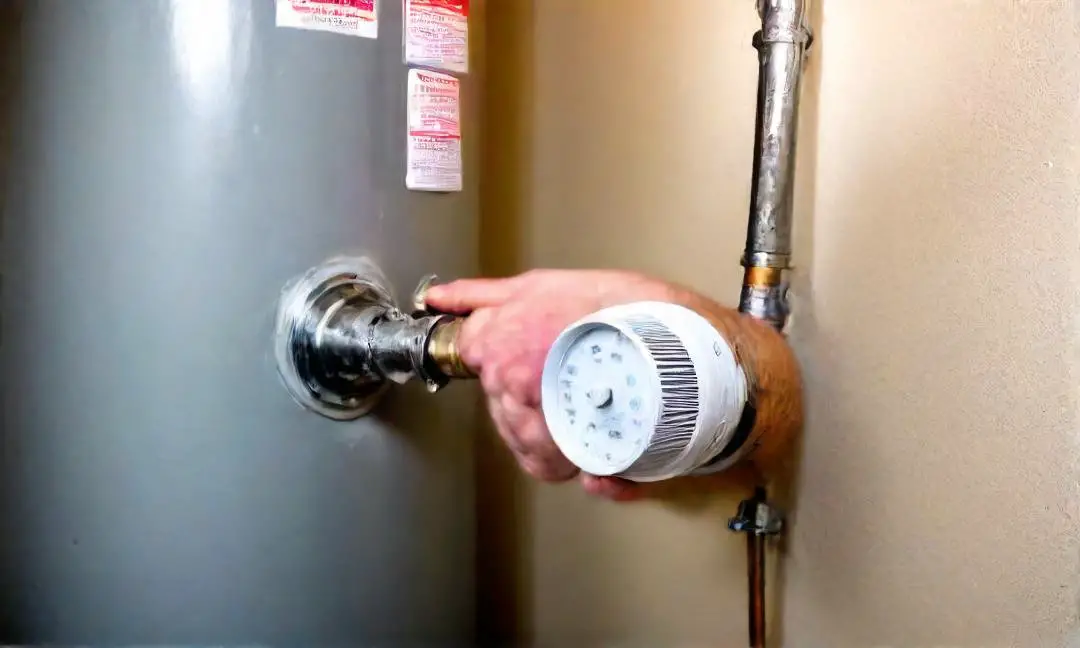
Common Mistakes to Avoid When Releasing Air from Your Water Heater
1. Safety First
Before you begin releasing air from your water heater, remember that safety should always be your top priority. Neglecting safety precautions can lead to accidents or injuries. Ensure the power is off, the water heater is cool, and you have the necessary protective gear before proceeding.
2. Patience is Key
Releasing air from your water heater requires time and patience. Rushing the process can result in incomplete air release, leading to inefficiencies in your water heater’s performance. Allow sufficient time for the air to escape completely before closing the release valve.
3. Temperature Monitoring
One common mistake is failing to monitor the water temperature during the air release process. Fluctuations in temperature can indicate issues with the water heater or improper air release. Keep an eye on the temperature gauge to ensure a smooth and effective air release.
4. Regular Maintenance is Essential
Ignoring regular maintenance checks on your water heater can lead to problems when releasing air. Buildup of sediment or debris can obstruct the air release valve, making it difficult to expel air efficiently. Schedule routine maintenance to keep your water heater in optimal condition.
Benefits of Regularly Releasing Air from Your Water Heater
Enhancing Energy Efficiency
- By releasing air from your water heater regularly, you can boost its energy efficiency, ensuring that it operates at optimal levels.
Prolonging the Lifespan of Your Water Heater
- Regularly releasing air from your water heater helps prevent corrosion and sediment buildup, which can extend the lifespan of the appliance.
Ensuring a Steady Hot Water Supply
- By releasing air trapped in the system, you can maintain a consistent flow of hot water, avoiding fluctuations in temperature during usage.
Saving on Utility Costs
- Efficiently releasing air from your water heater can lead to significant cost savings on your utility bills, as the appliance operates more effectively.
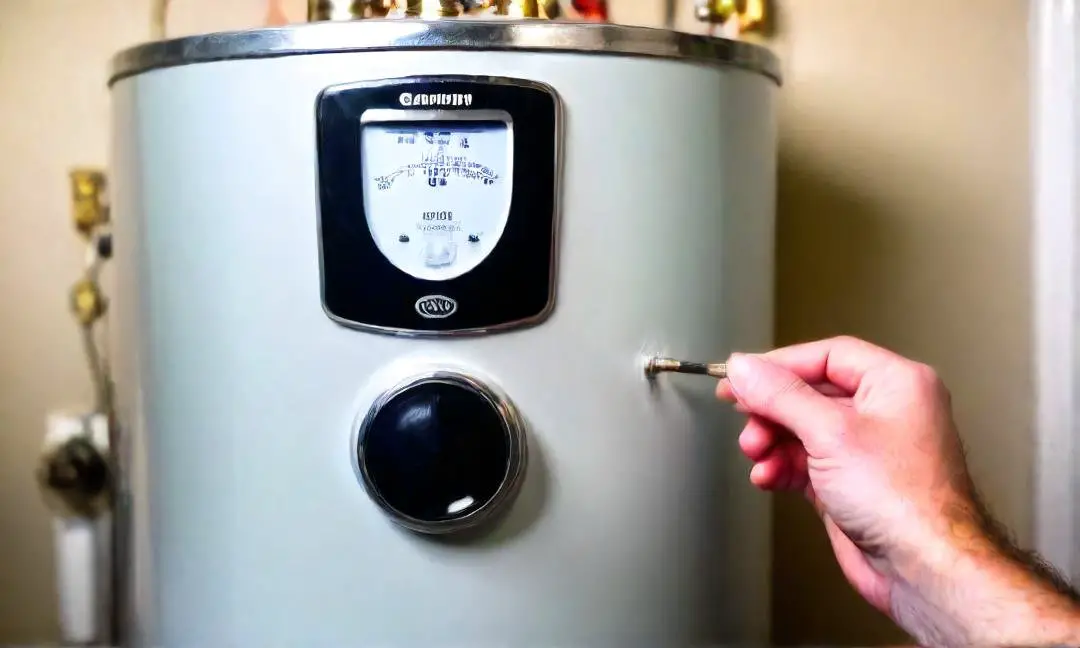
Identifying Underlying Issues
1. Check for Leaks:
Inspect your water heater for any visible leaks that could be causing air build-up.
2. Examine the Pressure Relief Valve:
Ensure the pressure relief valve is functioning correctly to prevent air accumulation.
3. Inspect the Heating Element:
Verify that the heating element is in good condition and not contributing to the air build-up.
Seeking Professional Help When Necessary
1. Contact a Licensed Technician:
If you are unsure about troubleshooting the issue yourself, it’s best to seek help from a professional.
2. Schedule a Maintenance Visit:
A licensed technician can provide a thorough inspection of your water heater to diagnose and resolve the air build-up problem.
Implementing Long-Term Solutions
1. Install an Air Release Valve:
Consider adding an air release valve to your water heater system to prevent future air accumulation.
2. Flush the Tank Regularly:
Flush your water heater tank periodically to remove sediment and air pockets that may be causing issues.
Maintaining a Regular Maintenance Schedule
1. Set Reminders for Maintenance:
Establish a schedule to routinely check and maintain your water heater to prevent air build-up.
2. Monitor Water Quality:
Keep an eye on the quality of water in your heater to address any issues promptly and avoid air build-up.
